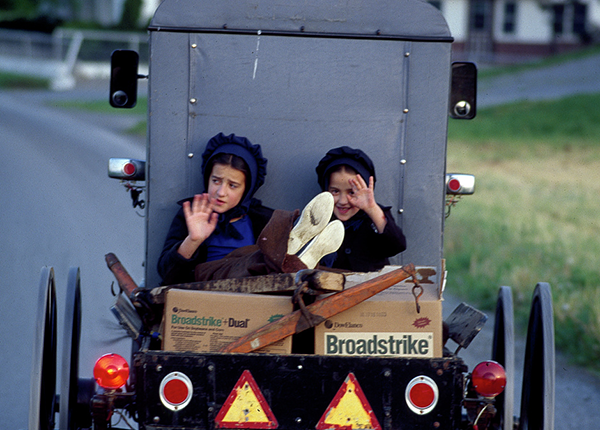Summary
The state of Wisconsin required all children to attend public school until age 16. In Wisconsin v. Yoder, three members of the Amish faith challenged the Wisconsin law under the First Amendment’s Free Exercise Clause. The Amish families argued that the Wisconsin law was contrary to their religious beliefs, which forbade parents from sending their children to school after the eighth grade because it would endanger their distinct way of life. The Supreme Court agreed with the Amish families, concluding that, in this specific instance, the free exercise rights of the Amish families outweighed the state’s compelling interest in ensuring that Amish children continued attending public schools after the eighth grade. Noting that the Wisconsin high school curriculum was “in sharp conflict” with Amish values, the Court exempted the Amish families from the Wisconsin law. As a result, Wisconsin could not punish Amish families for refusing to send their children to school beyond the age of 14.






